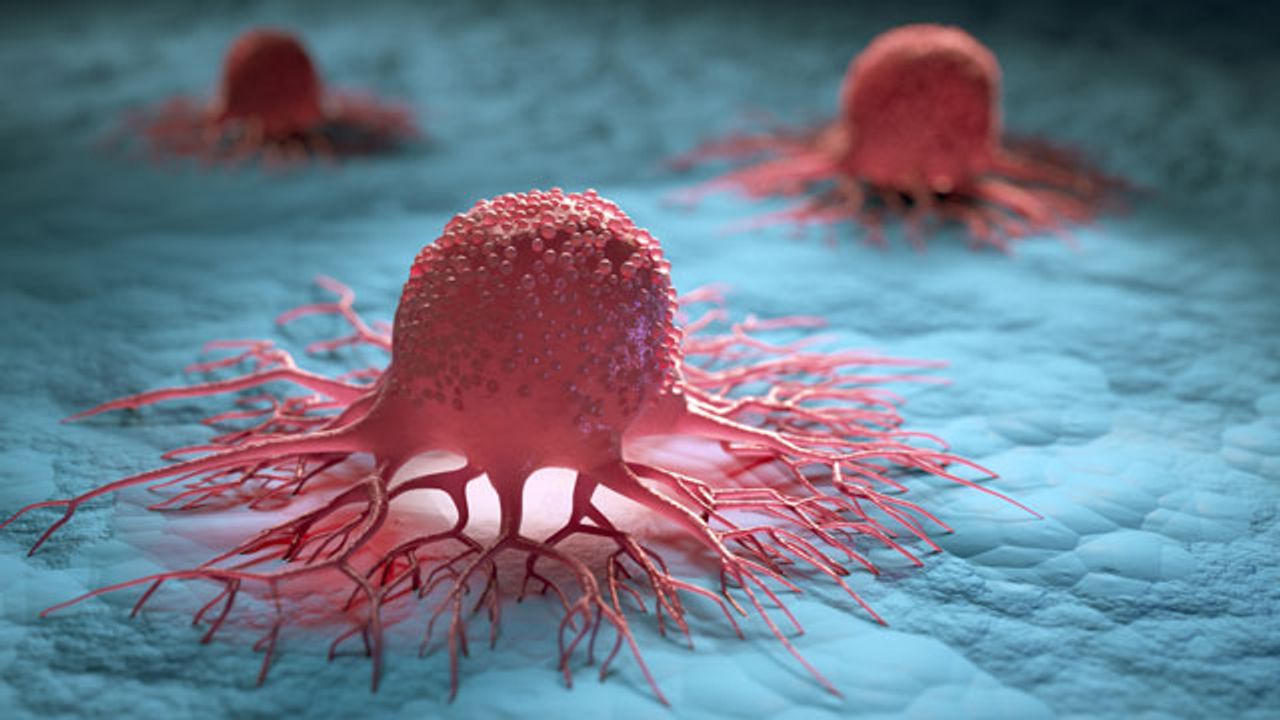Scientists are working on single test that will detect danger of four different malignancies in women


Scientists are working on a “revolutionary” test that will use a single sample collected during cervical screening to estimate a woman’s risk of four malignancies.
According to two papers published in the journal Nature Communications, scientists may be able to diagnose ovarian and breast cancer or estimate their likelihood of developing using cervical cells from a standard screening test. The effectiveness of the WID-test – women’s cancer risk identification – to predict womb and cervical cancer will be studied further, according to the researchers.
The test could eventually enable earlier detection of all four cancers in younger women, and even “stop cancer before it starts”, experts said, which would be a “game changer” for women’s health.
“This could create a step change in screening for key cancers – not detecting them early but preventing them from developing,” said Athena Lamnisos, the chief executive of the Eve Appeal, which is funding the research with the European Research Council.
“Creating a new screening tool for the four most prevalent cancers that affect women and people with gynae organs – particularly the ones which are currently most difficult to detect at an early stage – from a single test could be revolutionary.”
Ovarian cancer is responsible for the largest proportion of deaths associated with gynaecological cancers. Currently, 75% of ovarian cancers are diagnosed at a late stage, when the tumours have spread. Being able to detect the disease earlier may improve treatment outcomes.
Breast cancer is the most common cancer in women and is usually detected using mammography followed by a biopsy.
“This research is incredibly exciting,” said Liz O’Riordan, a breast cancer surgeon who has herself been diagnosed with the disease.
“At the moment there is no screening test for breast cancer in women under the age of 50. If this test can help pick up women with a high risk of developing breast, ovarian, cervical and uterine cancer at younger age, it could be a game changer.”
Researchers used cervical cell samples from 242 women with ovarian cancer and 869 without. They then measured 14,000 epigenetic changes and identified a unique DNA signature that could be used to spot or predict the presence of ovarian cancer.
This enabled them to identify 71.4% of women under 50 and 54.5% of women over 50 with ovarian cancers with 75% specificity. The findings were further validated in an additional cohort of women, where 47 had ovarian cancer and 227 did not.
In the second study, researchers analysed epigenetic changes in cervical cell samples from 329 women with breast cancer with a poor prognosis and 869 women without the disease. They were able to identify women with breast cancer based on a unique epigenetic signature. The finding was confirmed in a smaller set of samples from 113 breast cancer patients and 225 women without breast cancer.
“Our studies have taken a completely novel approach and evaluate an individual’s risk for more than one cancer by assessing several different epigenetic footprints in a single cervical screening sample,” said Prof Martin Widschwendter, of the University of Innsbruck and UCL, who is leading the research.
“The WID-test will look for the footprints on a woman’s DNA as she goes through life, recording the track she is taking and whether she is heading towards cancer. The WID-test will revolutionise screening and enable a more personalised approach to cancer prevention and detection, where women will be screened, monitored or treated based on their individual, and changing, risk.”
In the future, the Eve Appeal said, women could get separate risk scores for each of the four cancers. Those with high scores could be offered more active monitoring, regular mammograms, risk-reducing surgery, or therapeutics, the charity said.
Widschwendter cautioned that further research and large-scale prospective clinical trials would be needed to confirm the tests could effectively predict the likelihood of women developing cancer.
Health minister Maria Caulfield said it was “great to see how this new research could help alert women who are at higher risk to help prevent breast, ovarian, womb and cervical cancer before it starts”. In the meantime, cervical screening remained vital, she added and urged all women aged 25 and above to attend their appointments when invited.
Recent Posts
One Sleepless Night Can Weaken Your Immunity and Trigger Inflammation
Sleep is often regarded as a luxury in today’s fast-paced world, but scientific research continuously…
Thick Heart Syndrome: A Silent Threat to Millions in India
Heart disease remains one of the leading causes of death worldwide, and in India, cardiovascular…
Delhi Sees Surge in H1N1 and Influenza B Cases
Delhi is witnessing a sharp rise in flu cases, particularly Influenza B and H1N1 (commonly…
Woman Dies During MRI Scan Due to Medical Negligence
In early February 2025, a tragic incident occurred in Eluru, Andhra Pradesh, where a 61-year-old…
Holi and Eye Safety: Protect Your Vision During Festivities
Holi, the festival of colors, is one of the most vibrant and joyous celebrations in…
FDA Recalls Popular Skincare Products Over Cancer-Causing Chemical
In a major development, the U.S. Food and Drug Administration (FDA) has issued recalls for…


